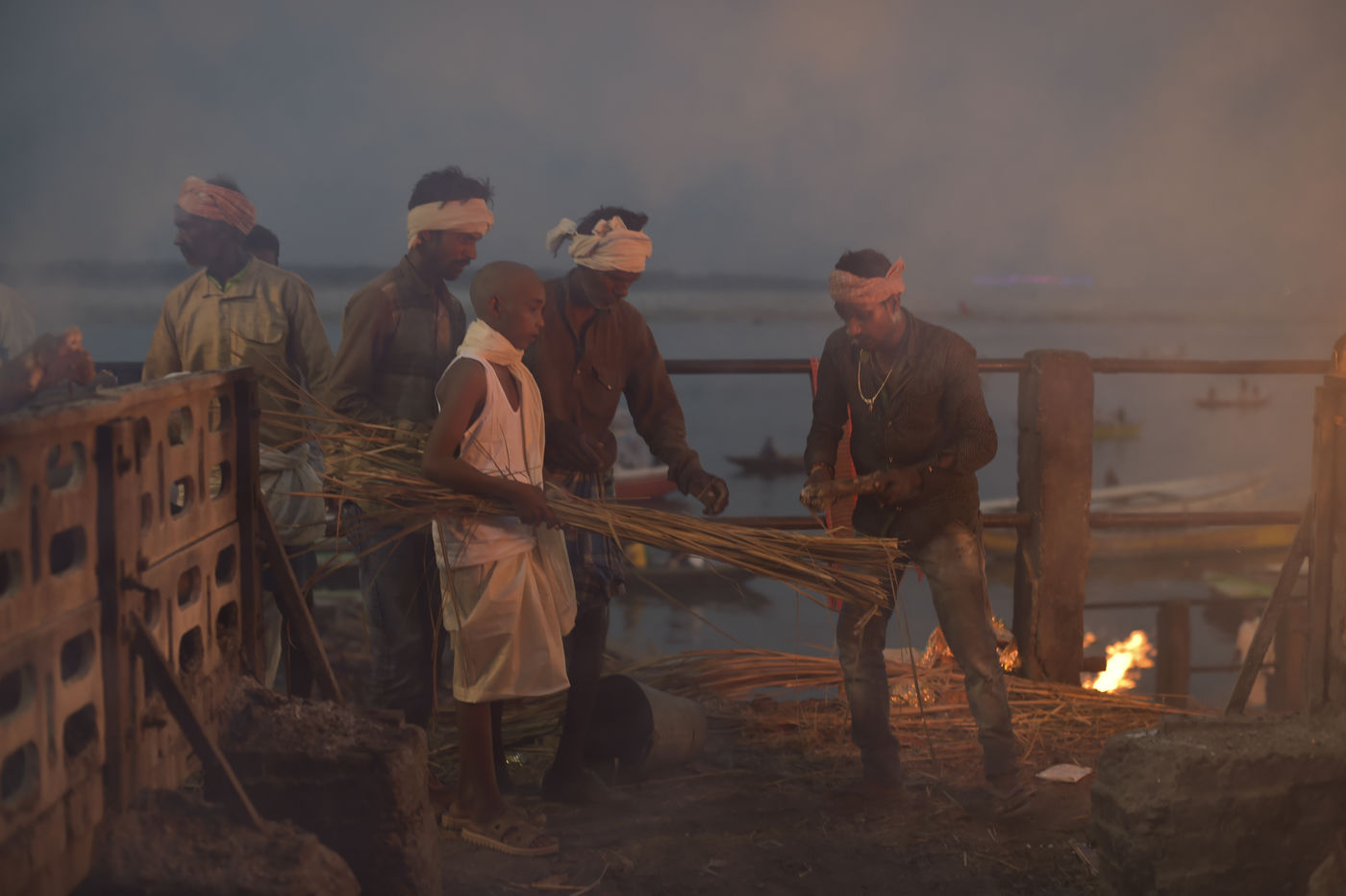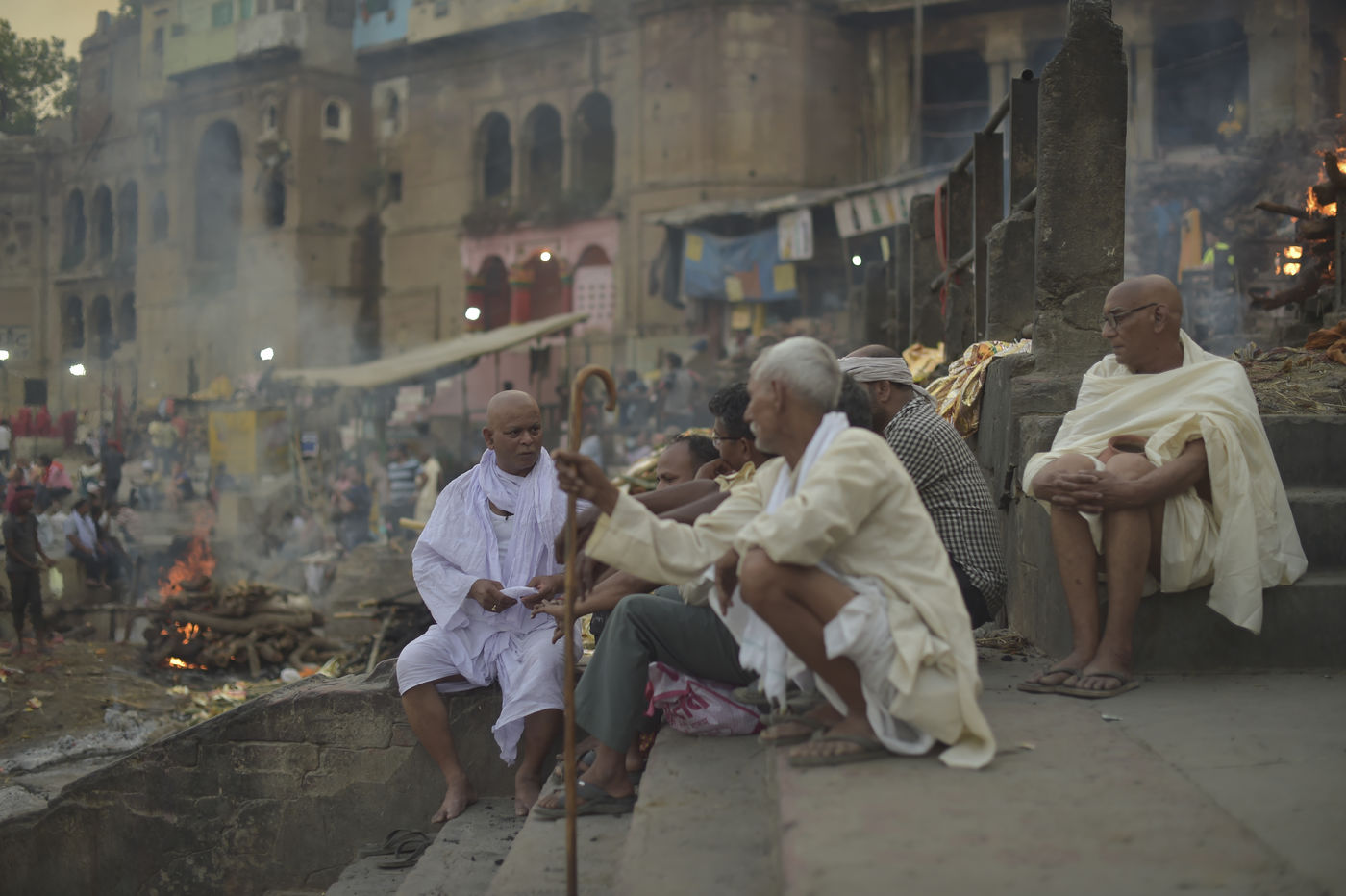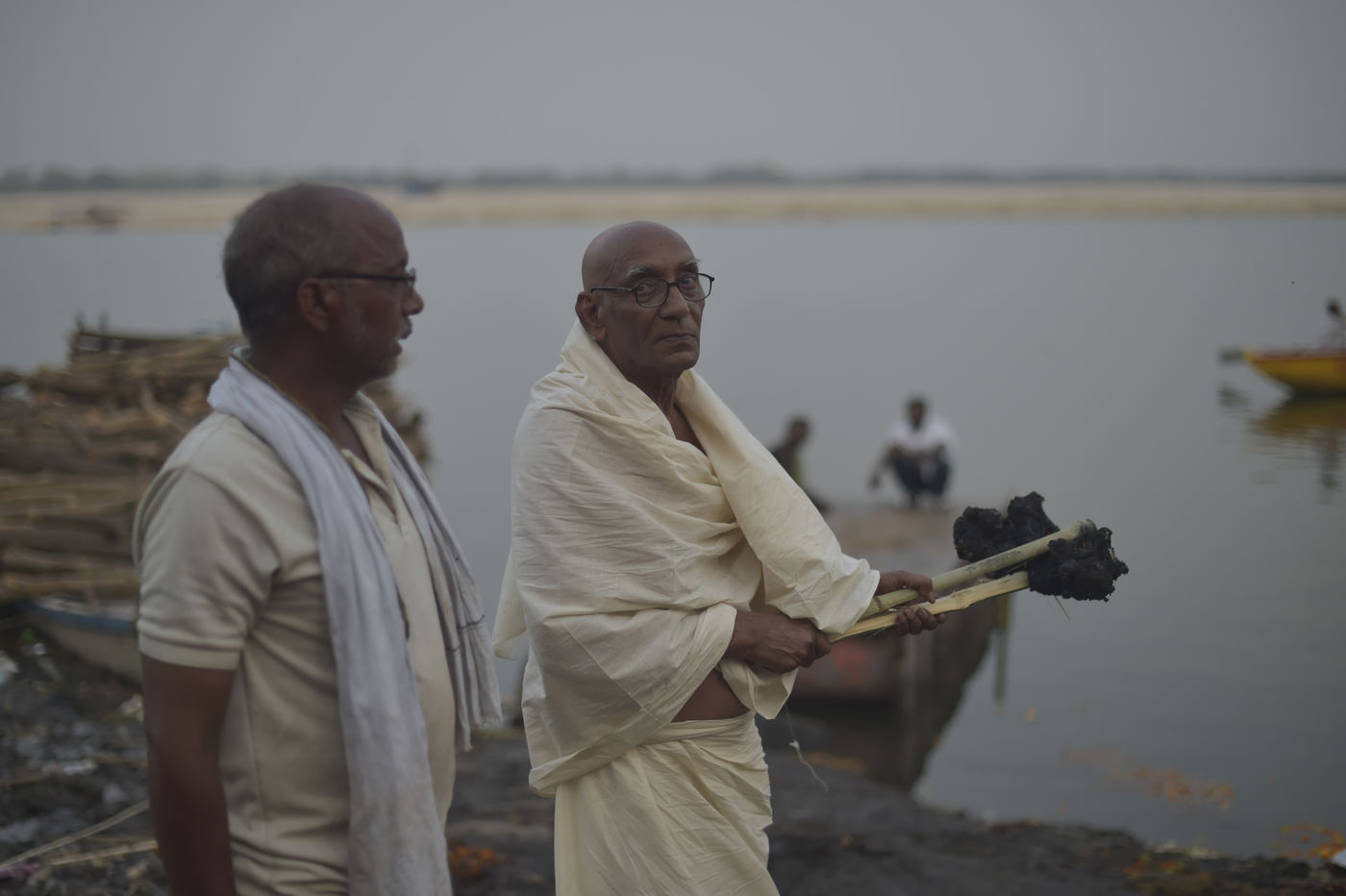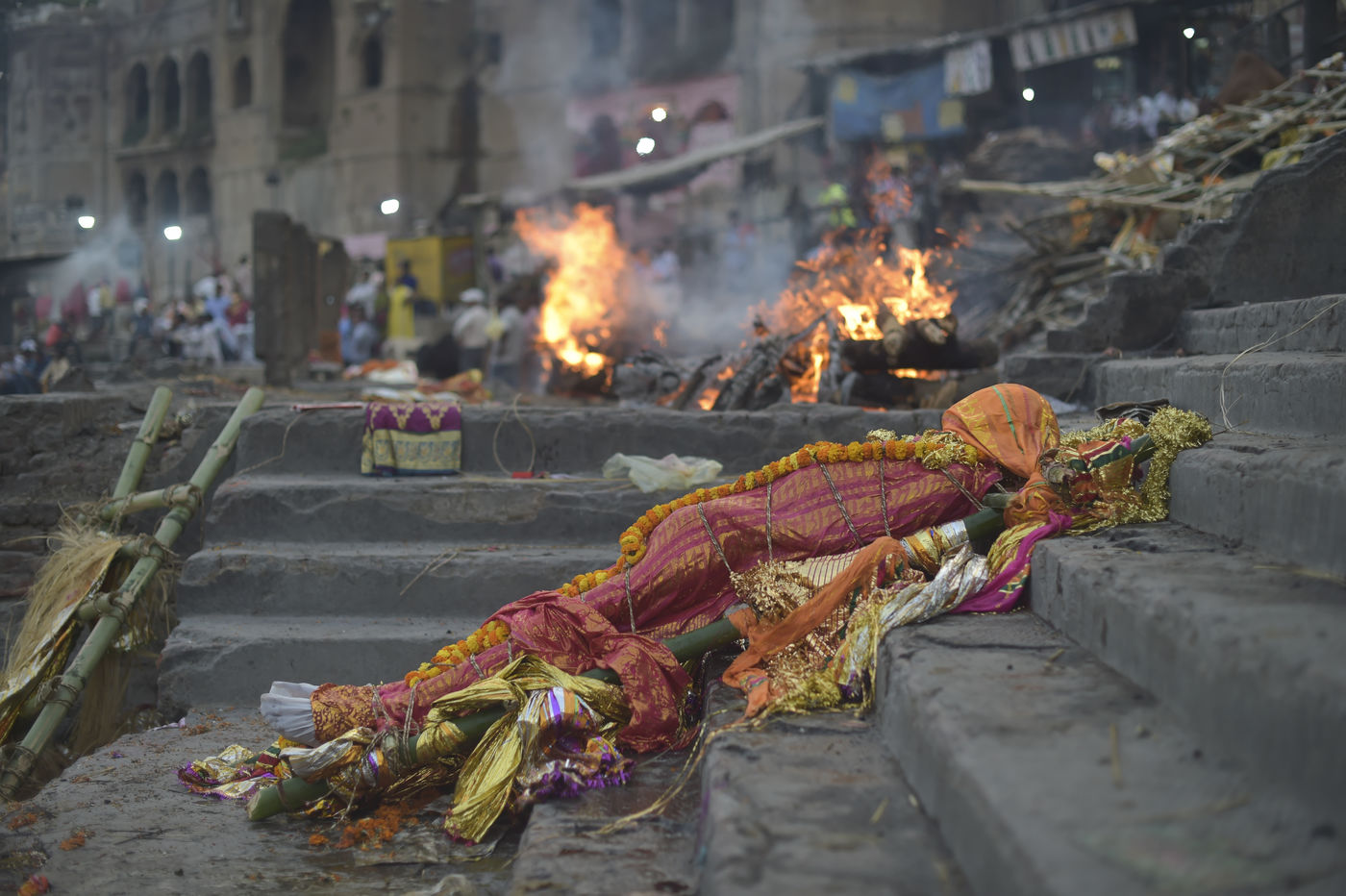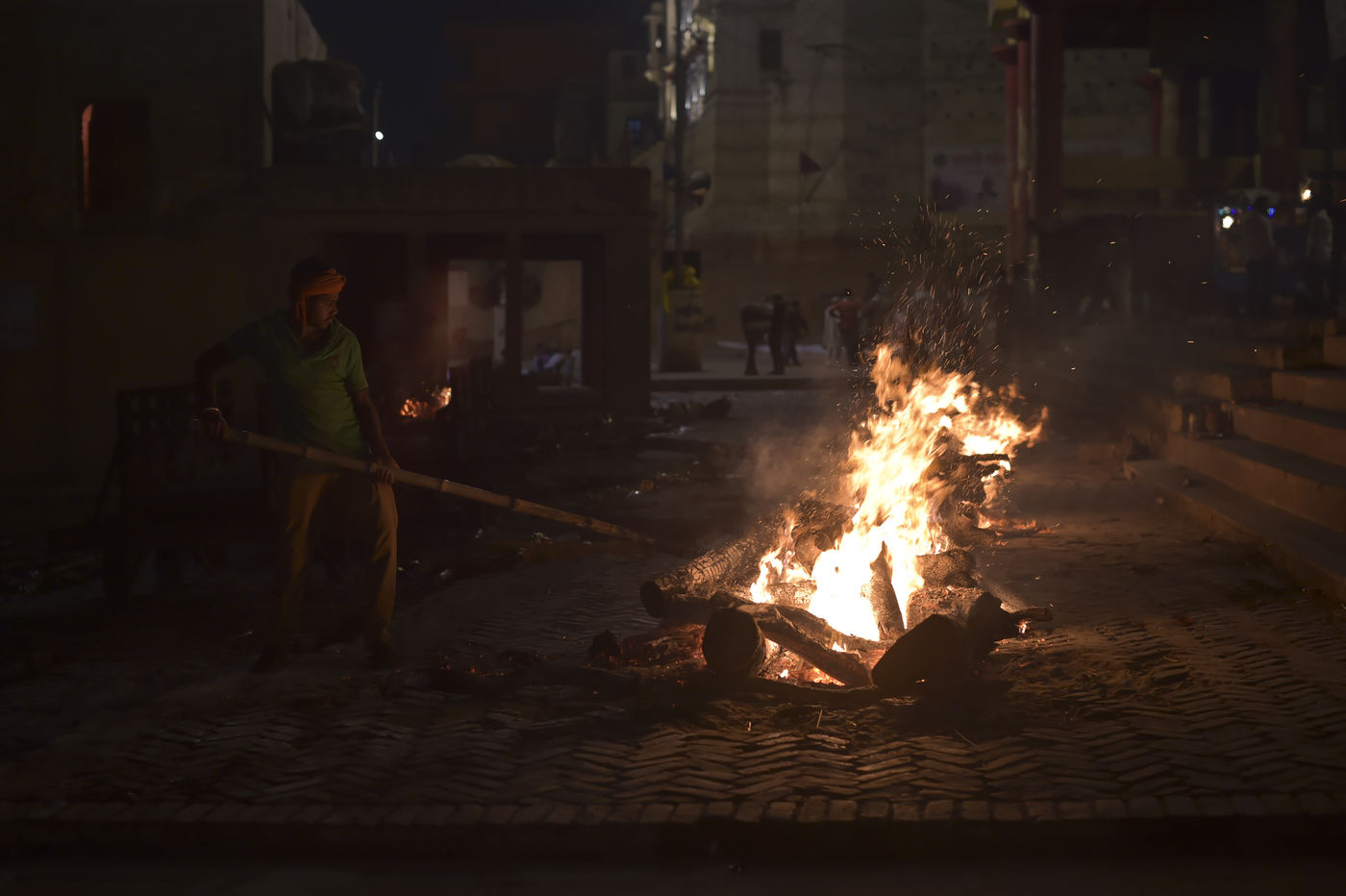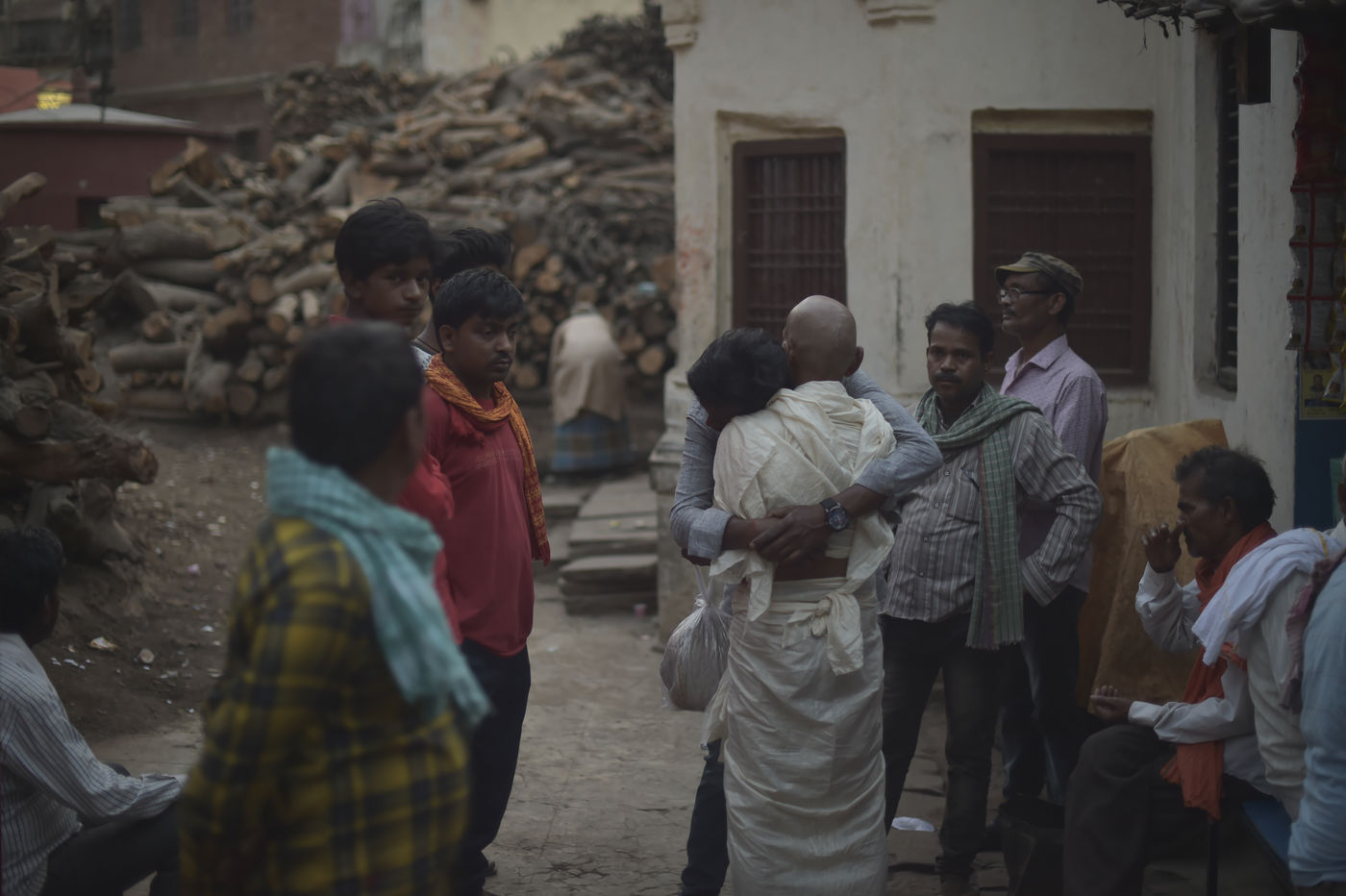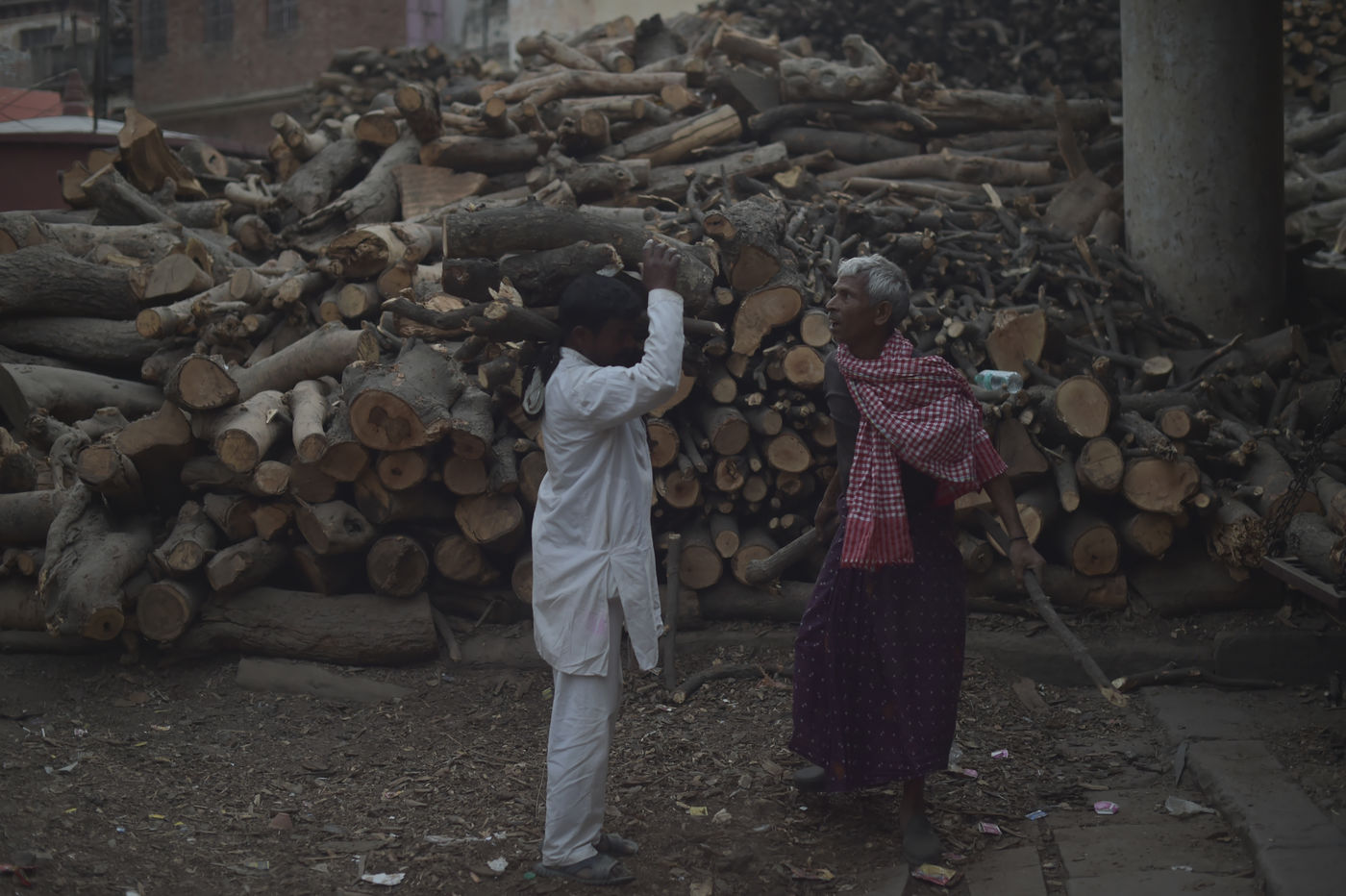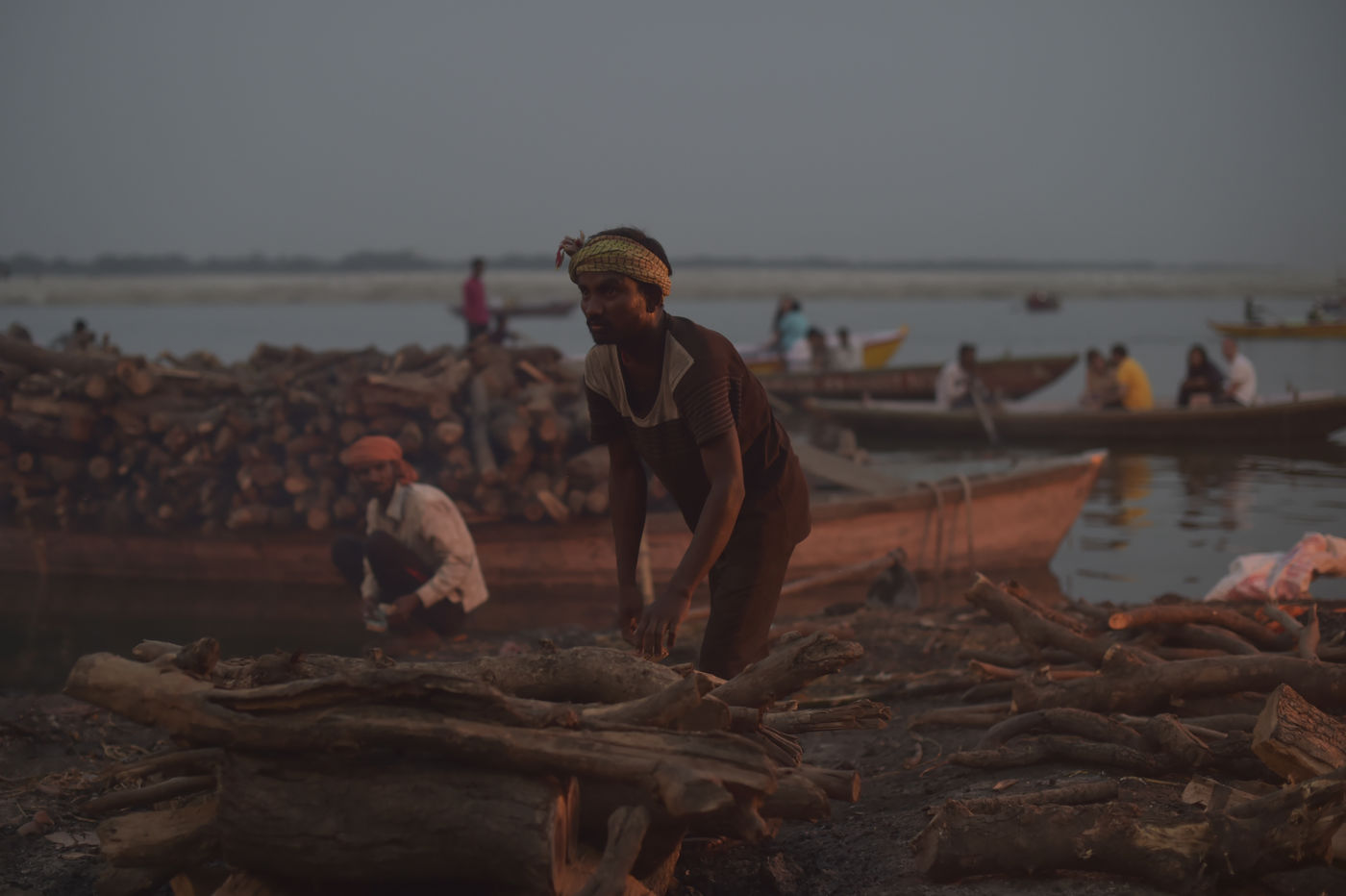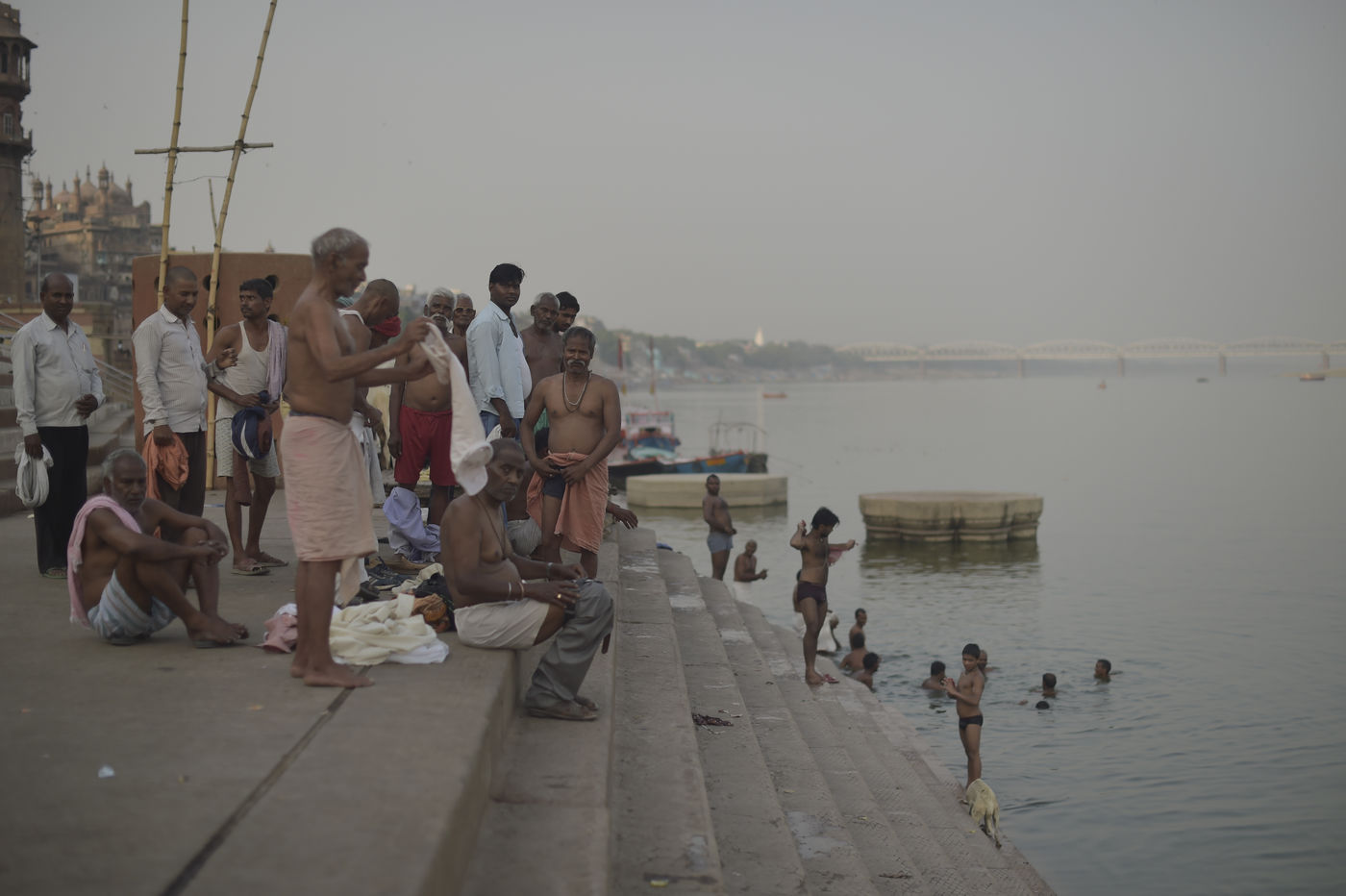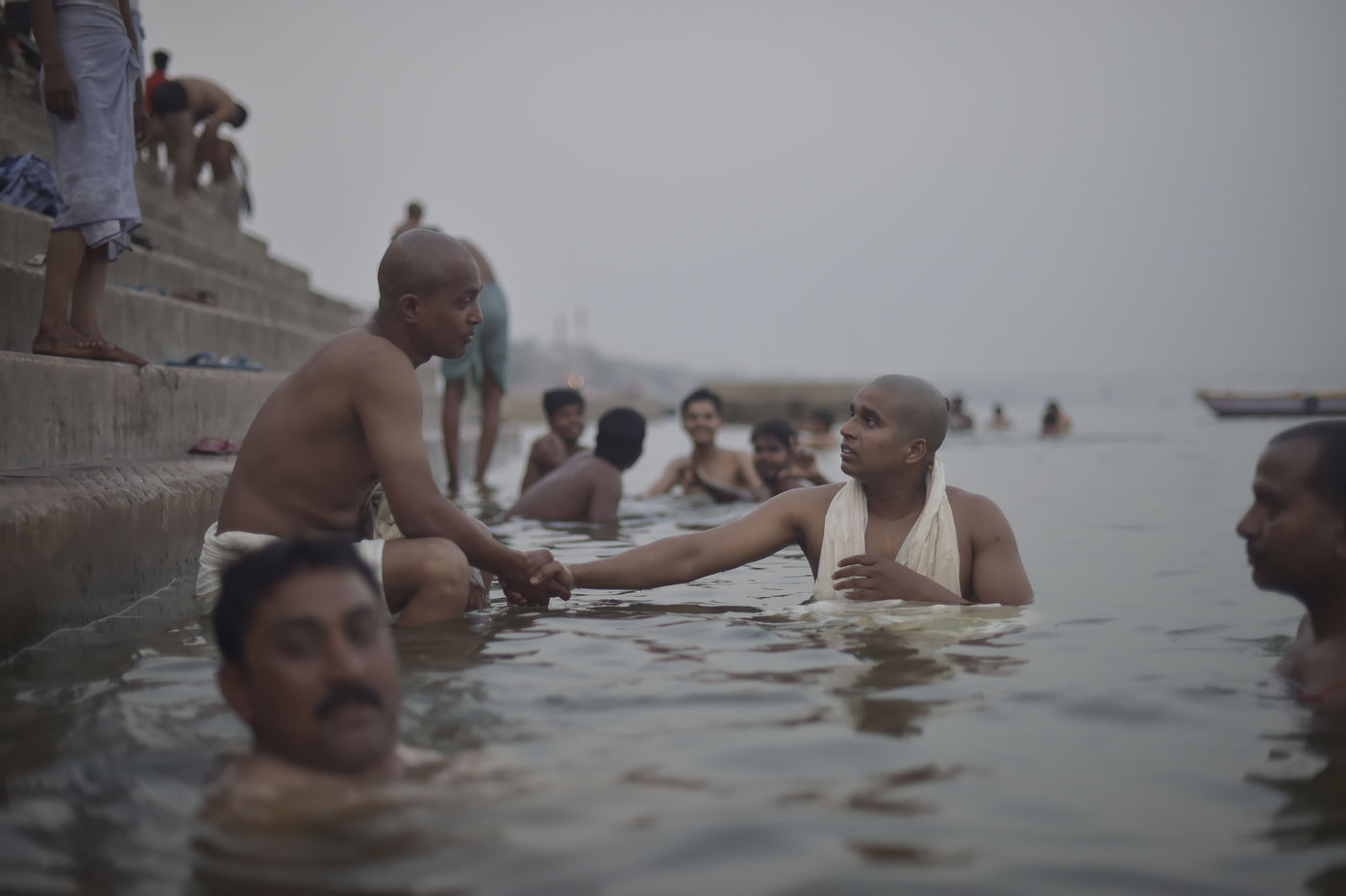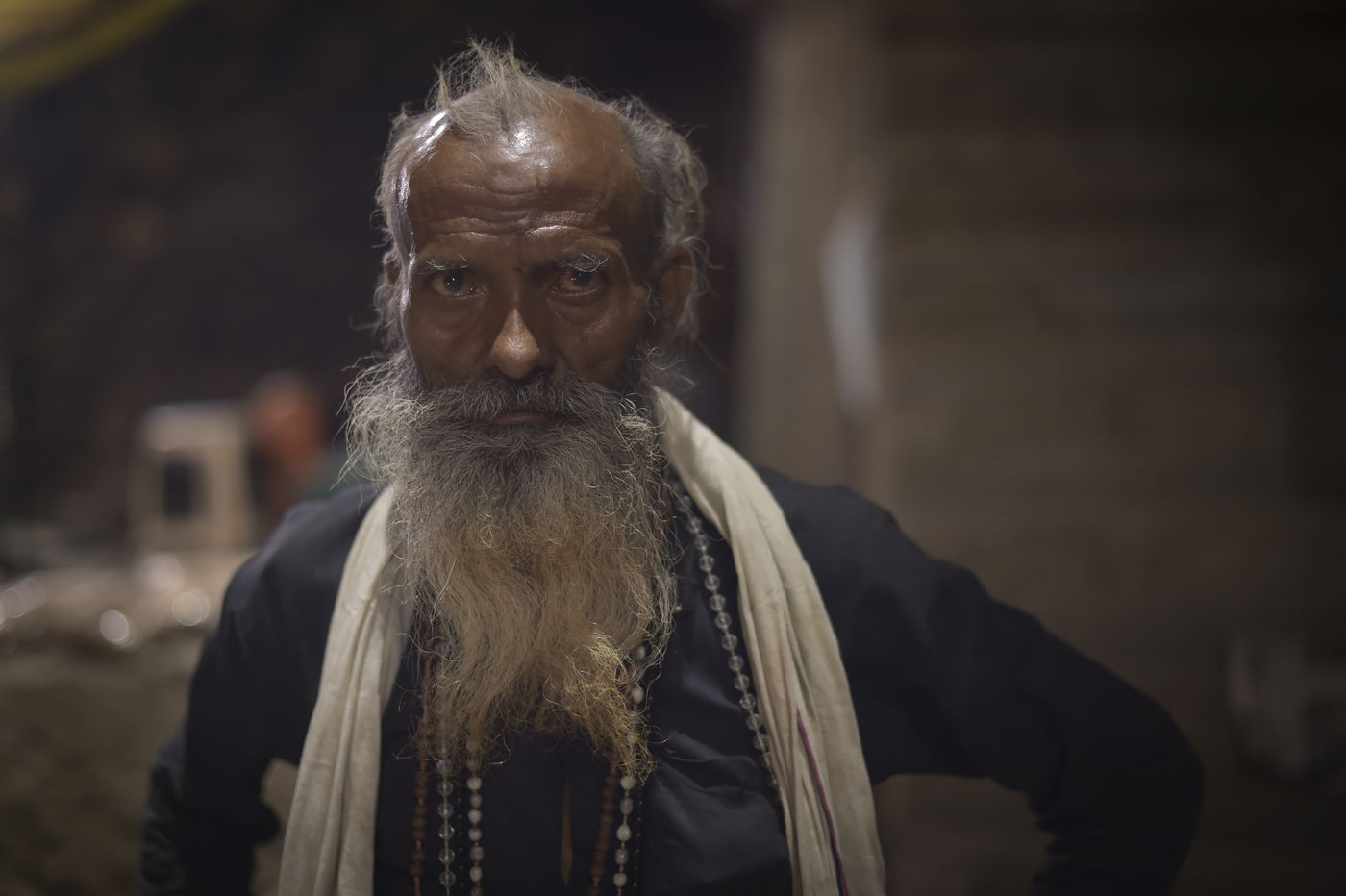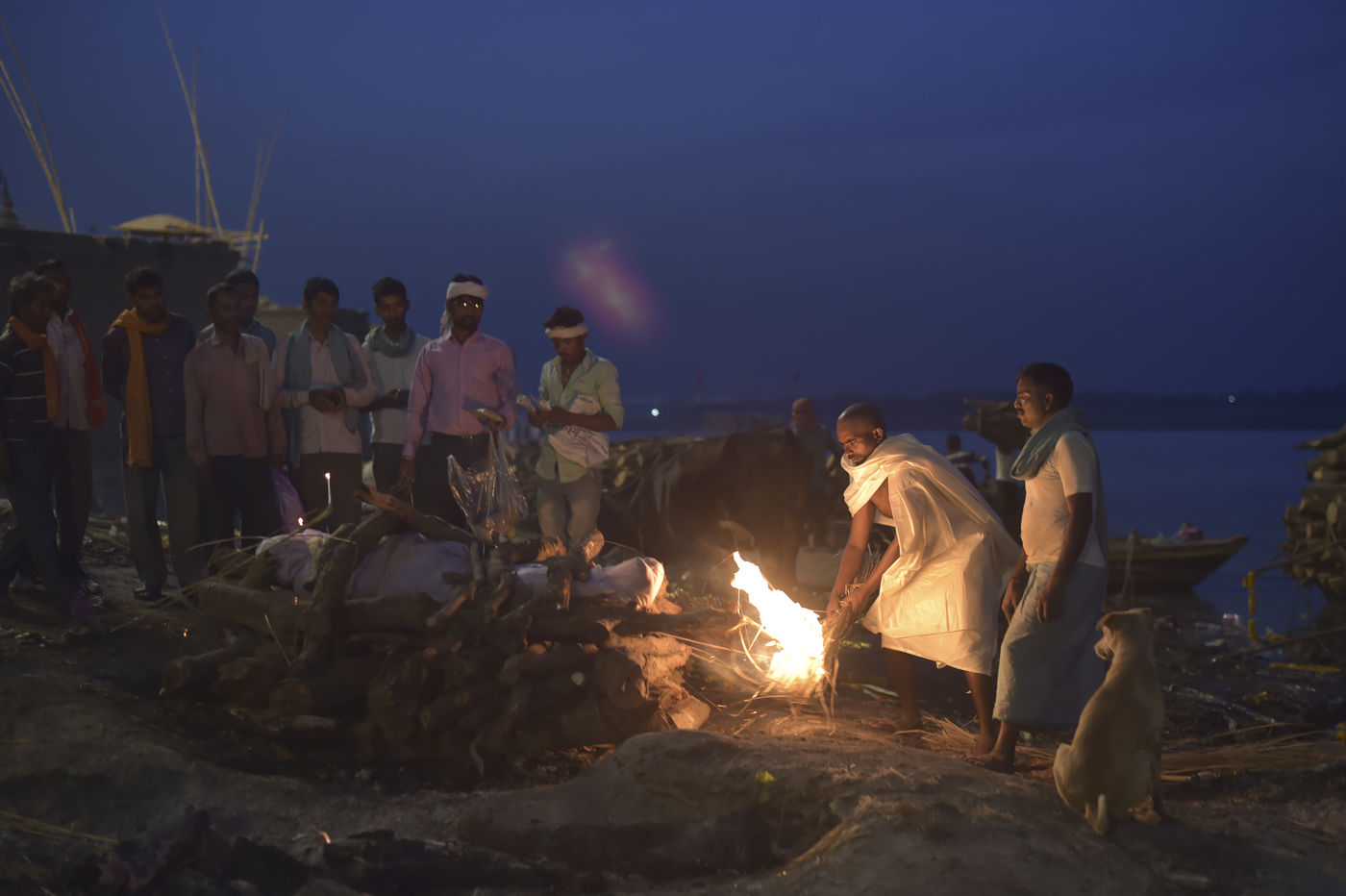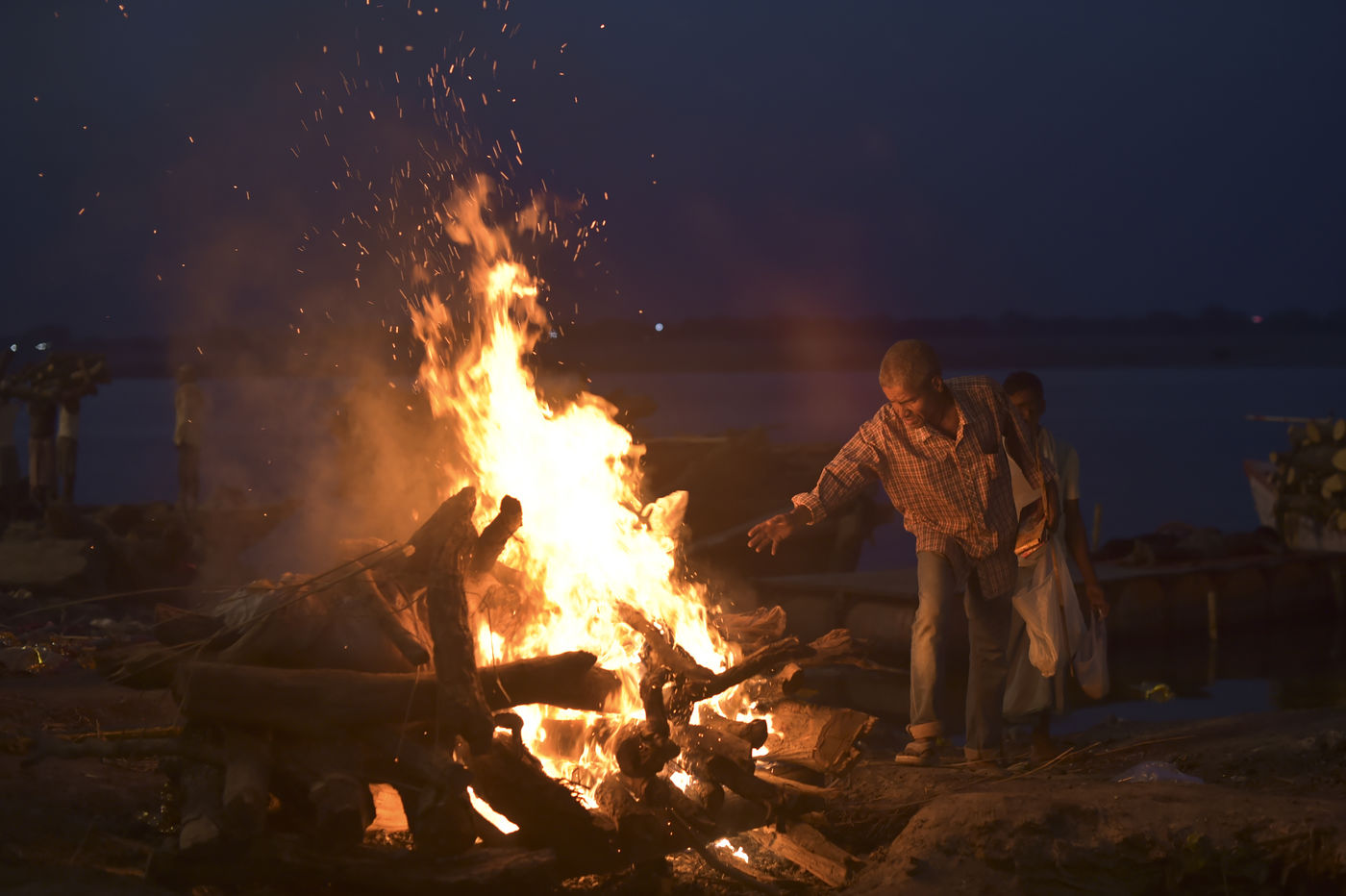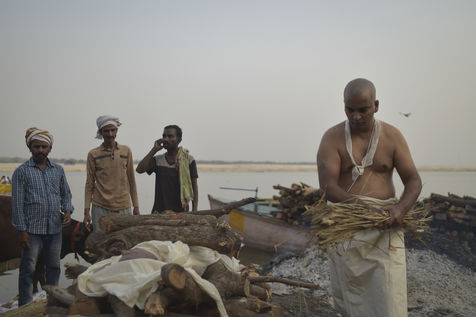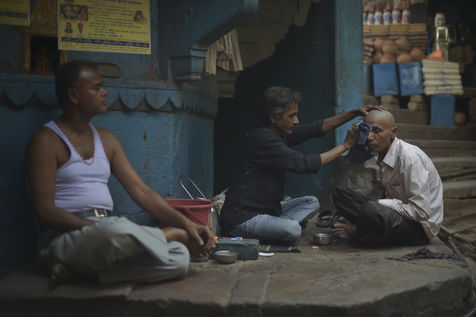Death on the Ganges
In the Indian city of Varanasi, one of the oldest continuously inhabited cities in the world, a series of fires burn day and night started from a single flame that is alleged to have not gone out in three thousand years. Each of the fires, as many as three hundred a day, consumes a body - recently deceased - being cremated according to Hindu tradition. At this spot on the Ganges river, known as the Manikarnika ghat, thousands of Hindus come from all over India every year to be cremated next to the sacred river. They believe that by being cremated here, and having their remains placed in the river?s holy water, they increase their chances of reaching moksha (or heaven) and escaping the cycle of reincarnation.
Death on the Ganges
In the Indian city of Varanasi, one of the oldest continuously inhabited cities in the world, a series of fires burn day and night started from a single flame that is alleged to have not gone out in three thousand years. Each of the fires, as many as three hundred a day, consumes a body - recently deceased - being cremated according to Hindu tradition. At this spot on the Ganges river, known as the Manikarnika ghat, thousands of Hindus come from all over India every year to be cremated next to the sacred river. They believe that by being cremated here, and having their remains placed in the river?s holy water, they increase their chances of reaching moksha (or heaven) and escaping the cycle of reincarnation.
